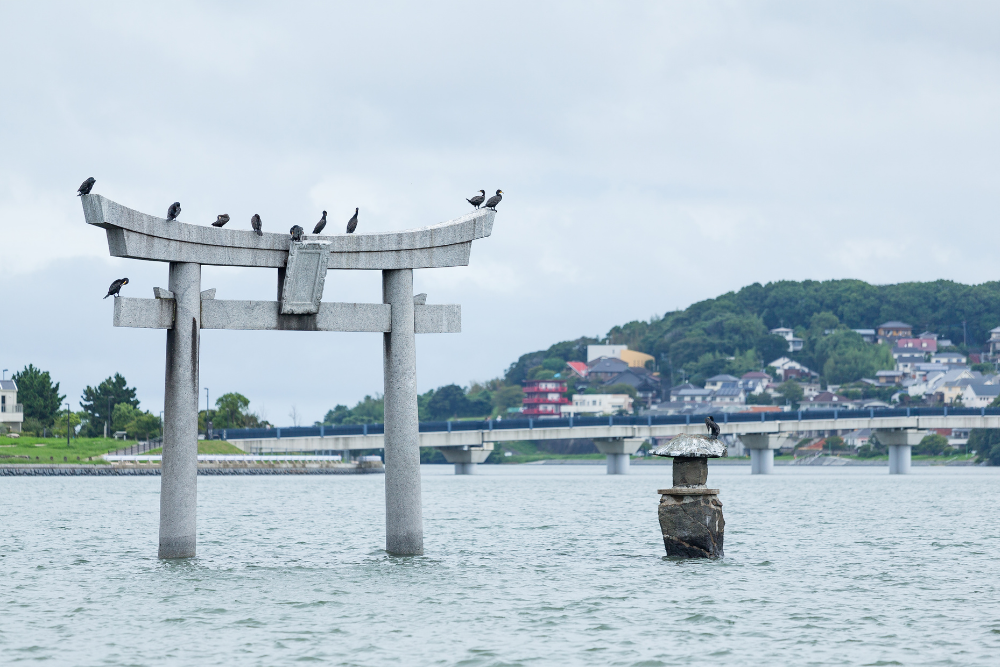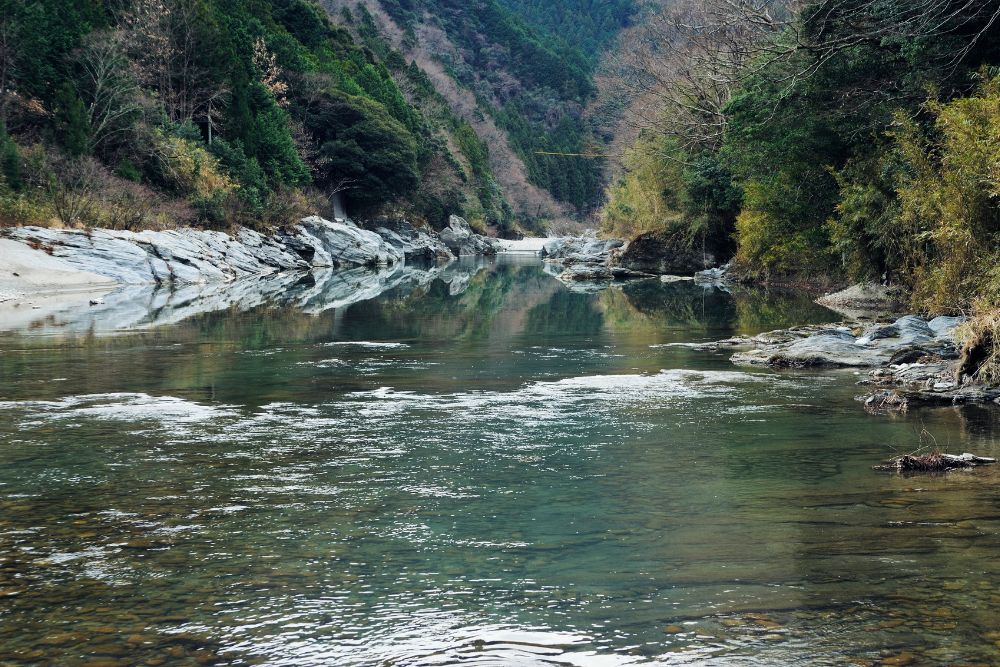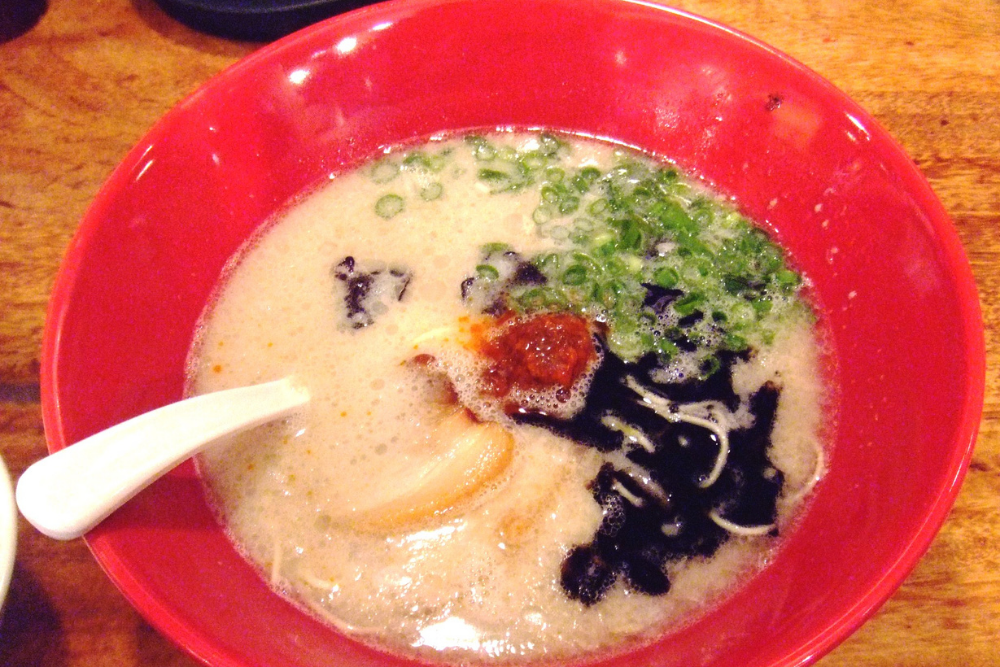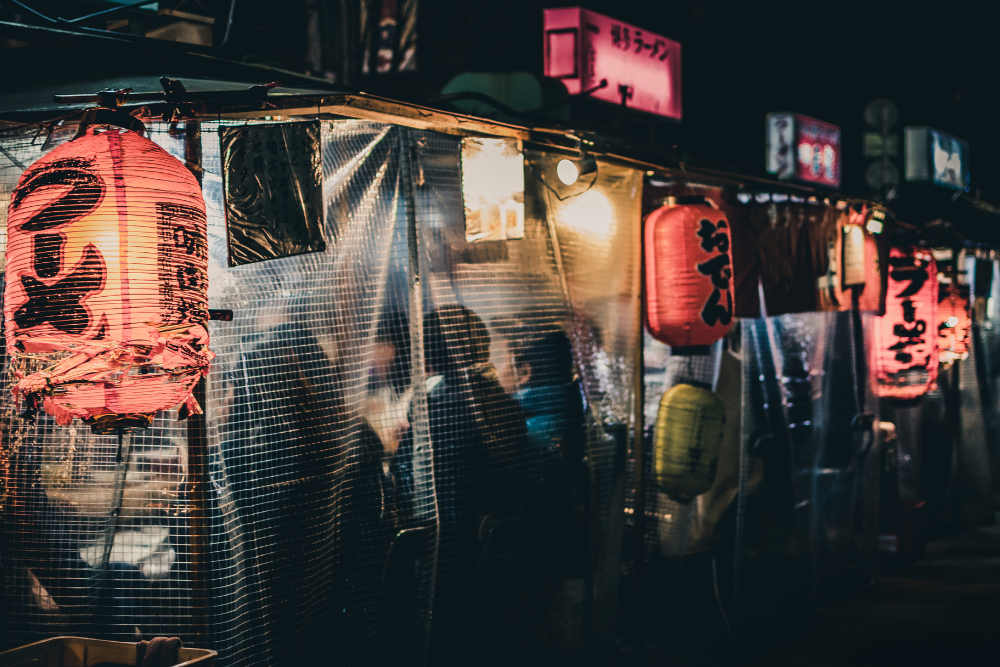Introduction
Fukuoka, located on the northern coast of Kyushu, is one of Japan’s most dynamic and culturally rich cities. Known for its beautiful beaches, historic temples, and world-famous street food, Fukuoka seamlessly blends tradition with modernity. Whether you’re looking to relax by the ocean, explore centuries-old shrines, or indulge in some of Japan’s best ramen, Fukuoka has something for everyone.
This guide takes you through the best beaches, must-visit temples, and the vibrant street food culture that define Fukuoka.
Beaches in Fukuoka: Coastal Escapes
1. Momochi Seaside Park
Why Visit?
Momochi Seaside Park is Fukuoka’s most famous urban beach, offering golden sands, calm waters, and a stunning view of Fukuoka Tower. Located near the city center, it’s a great spot for swimming, beach volleyball, or simply relaxing by the water.
- Best For: Families, water sports, and city views.
- Nearby Attractions: Fukuoka Tower, Robosquare, and the Fukuoka City Museum.
- How to Get There: A 20-minute bus ride from Hakata Station.
2. Itoshima Peninsula
Why Visit?
If you’re looking for a more secluded and scenic beach experience, head to Itoshima Peninsula, about an hour from Fukuoka City. This coastal paradise is famous for crystal-clear waters, hidden cafes, and breathtaking sunset views.
- Best For: Nature lovers, surfers, and those seeking a peaceful getaway.
- Top Spots:
- Keya Beach – White sand, clear water, and a laid-back atmosphere.
- Sakurai Futamigaura – A beach with two sacred torii gates in the sea, perfect for photography.
- Palm Beach The Garden – A stylish beachfront restaurant with stunning ocean views.
- How to Get There: Take the JR Chikuhi Line from Hakata to Itoshima Station, then a bus or taxi.
3. Shikanoshima Island
Why Visit?
Shikanoshima is a small island connected to the mainland by a scenic causeway, offering quiet beaches, great seafood, and cycling routes. It’s an ideal spot for a day trip, where you can enjoy fresh seafood and explore coastal shrines.
- Best For: Cycling, seafood lovers, and history enthusiasts.
- How to Get There: Take a ferry from Hakata Port (30 minutes) or drive across the Umi no Nakamichi causeway.
Temples and Shrines: Fukuoka’s Spiritual Side
1. Kushida Shrine
Why Visit?
Kushida Shrine is Fukuoka’s most famous Shinto shrine, known as the spiritual heart of the city and the starting point of the Hakata Gion Yamakasa Festival.
- Highlights:
- Home to a giant wooden festival float used in the Yamakasa Festival.
- Beautiful torii gates and traditional architecture.
- Visitors can drink from the “eternal youth” spring for good health.
- How to Get There: A short walk from Gion or Nakasu-Kawabata Station.
2. Dazaifu Tenmangu
Why Visit?
One of Japan’s most important Tenmangu shrines, dedicated to Sugawara no Michizane, the deity of learning. It’s a popular destination for students praying for academic success.
- Highlights:
- A stunning vermilion bridge over a pond filled with koi fish.
- Beautiful plum blossom gardens (best in February–March).
- A unique Starbucks with wooden lattice architecture designed by Kengo Kuma.
- How to Get There: Take the Nishitetsu train from Fukuoka’s Tenjin Station to Dazaifu Station (30 minutes).
3. Nanzoin Temple (Reclining Buddha)
Why Visit?
Nanzoin Temple is home to one of the largest reclining Buddha statues in the world, measuring 41 meters long and 11 meters high. It’s a lesser-known but incredibly serene Buddhist temple surrounded by lush greenery.
- Highlights:
- The Reclining Buddha, symbolizing the Buddha’s entrance into Nirvana.
- Quiet, peaceful walking trails through the forest.
- A mystical atmosphere with lantern-lit paths.
- How to Get There: Take the JR Sasaguri Line from Hakata to Kidonanzoin-mae Station (30 minutes).
Fukuoka’s Street Food Scene: What to Eat and Where
Fukuoka is Japan’s street food capital, famous for its yatai (food stalls) that pop up every evening along the riverside and in bustling districts. Here’s what you should try:
1. Hakata Ramen
Why Eat It?
Hakata ramen is one of Japan’s most famous ramen styles, featuring rich, creamy pork bone broth (tonkotsu), thin noodles, and flavorful toppings.
- Best Places to Try:
- Ichiran Ramen – A famous chain with private booths for solo dining.
- Ippudo – Another well-known chain originating from Fukuoka.
- Shin-Shin Ramen – A local favorite with a balanced broth.
2. Motsunabe (Beef or Pork Offal Hotpot)
Why Eat It?
Motsunabe is a hearty and flavorful hotpot made with beef or pork intestines, garlic, chives, and miso or soy-based broth. It’s a local delicacy best enjoyed with friends.
- Best Places to Try:
- Hakata Motsunabe Yamanaka – A top-rated motsunabe restaurant.
- Motsunabe Rakutenchi – Known for its flavorful broth.
3. Yatai (Street Food Stalls)
Why Visit?
Fukuoka’s yatai stalls offer an authentic Japanese street food experience, serving everything from grilled skewers to local snacks.
- Best Areas for Yatai:
- Nakasu Yatai District – Located along the river, offering the most famous yatai experience.
- Tenjin Area – A mix of modern and traditional yatai.
- Nagahama Yatai Street – Known for Nagahama-style ramen.
- Must-Try Yatai Dishes:
- Yakitori – Grilled skewers of meat and vegetables.
- Oden – A comforting hotpot of simmered ingredients.
- Gyoza – Bite-sized, crispy dumplings.
Conclusion
Fukuoka is a perfect blend of natural beauty, cultural heritage, and incredible food. Whether you’re spending time at Momochi Beach, exploring historic temples like Kushida Shrine, or enjoying a bowl of Hakata ramen at a yatai stall, the city offers a rich and diverse travel experience.
For beach lovers, Itoshima Peninsula provides a scenic escape, while history buffs will find Dazaifu Tenmangu and Nanzoin Temple fascinating. And for foodies, Fukuoka’s street food scene is unparalleled.
With its warm hospitality and laid-back charm, Fukuoka is a must-visit destination for anyone traveling to Japan.












